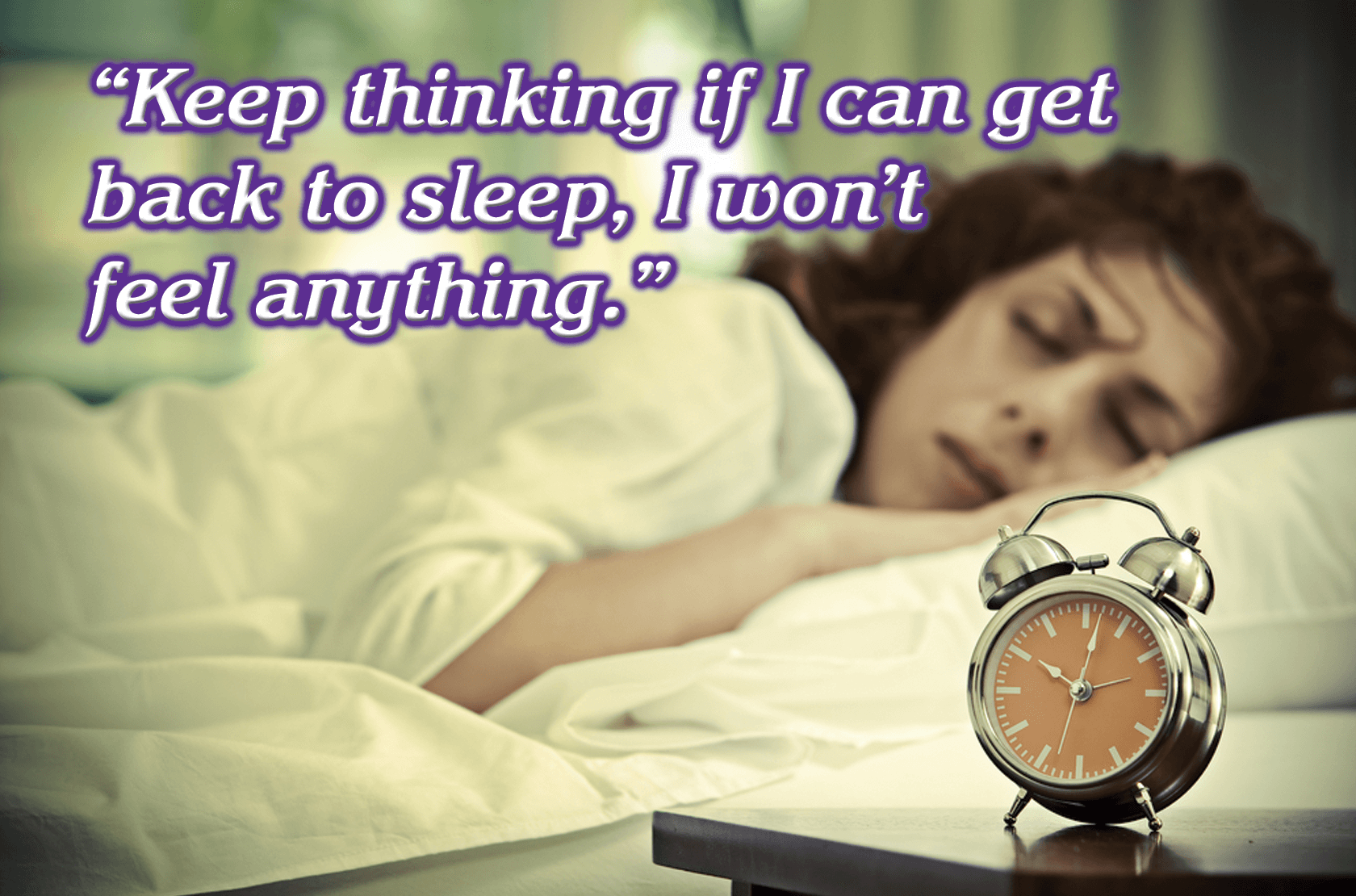Sleep Disturbances

Fibromyalgia used to be blamed for causing disrupted sleep, but there is evidence to show that poor sleep could be the source of your symptoms.
While blood relatives of people with fibromyalgia have reduced pain thresholds (even if they don’t have full-blown fibromyalgia), similar studies show sleep disturbances as a common thread among family members. In addition, young children who develop fibromyalgia don’t just have alterations in the way their brains process pain; they are also more likely to complain of trouble sleeping.
What is the connection between pain and sleep? Chronic disruption of sleep impairs the Top-Down pain inhibitory controls, and this negative impact on sleep is slightly greater in females than males. Nighttime disturbances also have a detrimental effect on the glial cells in the CNS.
Chronic interference with sleep tends to “ring” your glia like a bell at a hotel service counter in the middle of the night. Repeat dinging can rattle the hotel clerk and the same holds true for your glia. If this happens night after night, it can turn your otherwise mellow glia into an activated state and intensify your symptoms.
But there is more to the sleep connection than just impairment of the Top-Down pain controls and activated glia. If you don’t sleep well at night, you are bound to be more tired and less active during the day. Yet this can have a snowball effect on your sleep because regular physical activity during the day is required for quality sleep at night.
Aside from insomnia-like symptoms (can’t fall asleep or stay asleep), two other sleep disorders are prevalent in people with fibromyalgia: restless legs syndrome (RLS) and sleep disordered breathing. RLS and obstructive sleep apnea each occur in close to 20 percent of fibromyalgia patients. In addition, allergic rhinitis and airway resistance, which impedes nighttime breathing and causes arousals, may be present in many patients.
Those painful, rock-like nodules in your muscles may also disrupt sleep, and it is not because they cause discomfort that keeps you awake. These nodules are myofascial trigger points or MTPs and they produce electrical activity that feeds into your CNS day and night. Fibromyalgia patients average 11 MTPs and treatment of them may lead to better sleep as well as reduced pain. See the Muscle Pain Relief section for help.
Gabapentin may help with RLS and limb movements (jerking at night) … and you should avoid antihistamines and Savella because they can make RLS worse. Insomnia medications, such as zolpidem, might help too. Treatment for airway resistance not only improves sleep, it also reduces fibromyalgia pain by close to 30 percent.
A warm bath or hot shower before bedtime may relax your muscles and reduce the time it takes to fall asleep. Regular exercise can be an uphill battle when faced with the physical exhaustion that goes hand in hand with fibromyalgia pain. Yet, if you start with a short walk or dancing to a of couple songs, you can work up to 30 minutes per day. Go easy on yourself by breaking up exercise into short sessions. Initially, it may hurt, but in the long run it will help.